Smartsheet vs. Asana: Which Project Management App is Right for You
Advertisement
Selecting the correct project management application could greatly improve your workflow. Two well-known choices, Smartsheet and Asana, have special qualities meant for various purposes. Best for teams who value data-driven project management, Smartsheet is renowned for its spreadsheet-like interface. It lets users manage chores, track development, and automate processes in a familiar grid pattern.
Asana offers an easy user experience and is more graphically focused. It makes tracking chores and working with teams simple because it presents several points of view, including boards, lists, and schedules. In this guide, we will evaluate Smartsheet and Asana, stressing their main characteristics to guide your choice of tool.

Smartsheet vs. Asana: A Comparison
Below are the key differences between Smartsheet and Asana, which will help you decide which tool suits your needs best:
User Interface and Experience
Asana and Smartsheet feature somewhat different user interfaces. Like a spreadsheet, Smartsheet employs a grid-based design. For readers who know Excel or Google Sheets, it is perfect. Rows and columns on the interface facilitate data organization and entry. Asana has a more aesthetic approach. Task and project displays on boards, lists, and timelines show that teams who want a clear visual depiction of their work will find a great fit with this arrangement. Both systems are easy to use; the decision will rely on your preferred method of project organization. For data-driven projects, a smart sheet is more suited; Asana shines in visual project tracking.
Task and Project Management
Though they accomplish it in different ways, Smartsheet and Asana both provide strong task and project management capabilities. Rows do task management in Smartsheet in a grid where you may allocate resources, dates, and dependencies. By automating processes, the technology guarantees that chores advance free from human involvement. However, Asana is more adaptable in terms of task management. Task creation and organization can be done from several angles, including lists, boards, and timelines. Teams that have to monitor activities in several forms would find this adaptability ideal. Although both products help with task management, Smartsheet excels in automation. Teams requiring several views and who want a more flexible arrangement will find Asana perfect.
Collaboration and Communication
Any tool for project management depends on cooperation; thus, both Smartsheet and Asana offer great tools for this. Share sheets with team members, add comments and instantly update the status on Smartsheet. The site also links with several tools to further collaboration, including Microsoft Teams and Slack. Asana advances team member communication inside projects and tasks, strengthening their cooperation. Every chore has a comment box that helps to maintain focused and orderly dialogue. Asana's email, Slack, and other tool connectors also help one to remain connected. Although both programs provide cooperation choices, Asana is more appropriate for teams that depend mostly on internal communication and require a disciplined forum for conversations.
Customization and Flexibility
Customizing is one of the main variances between Smartsheet and Asana. Particularly for users who must create intricate project plans, Smartsheet provides a great degree of personalizing. Fields can be customized, formulas developed, and workflows changed to fit your particular needs. For businesses that need thorough planning and tracking, Smartsheet is a great tool. While Asana is flexible, it offers less customization than Smartsheet. It does, however, let you design unique fields and modify processes to meet the demands of your staff. Asana is a fantastic option for teams that require less complexity and simpler project tracking. Regarding customizing, Smartsheet gives more specific choices, while Asana gives flexibility free from complication.
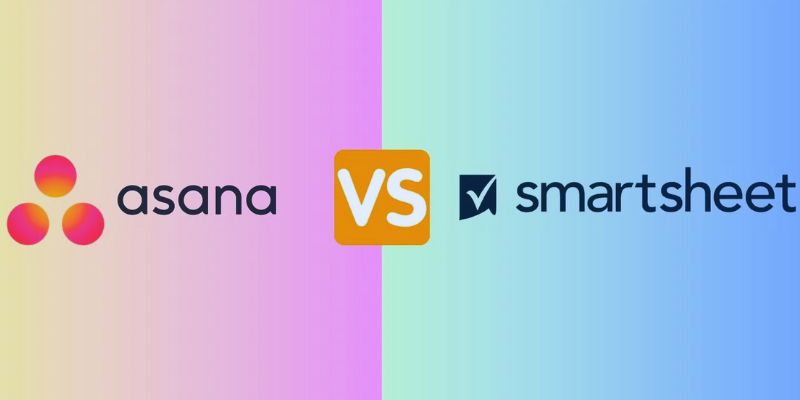
Integrations and Third-Party Apps
Integrations are crucial for project management tools. With well-known outside third-party apps, both Smartsheet and Asana provide a broad spectrum of connectors. Smartsheet connects via Google Drive, Microsoft Office, Slack, and Salesforce, among other technologies. These connections help you to keep everything in one location and simplify your workflow. Additionally available from Asana are connectors with Google Drive, Slack, Microsoft Teams, and others. Its integration choices are meant to streamline task handling and guarantee that every tool interacts perfectly with every other. Although both apps have great integration choices, Asana gives users who wish to interact with a greater range of tools more out-of-the-box integrations.
Pricing
Selecting a project management tool also heavily relies on pricing. Although Smartsheet has a free edition, its subscription plans can be costly—especially for bigger teams. For the basic plan, Smartsheet charges $7 per user per month; advanced options vary depending on the features required. Asana also has a free plan with the necessary elements. Its subscription plans rise depending on features and user count, starting at $10.99 per user per month. Generally speaking, Asana's prices are less expensive than Smartsheet—especially for small teams. If money is tight, Asana can be the more affordable choice; Smartsheet provides sophisticated tools at a more expensive rate.
Reporting and Analytics
Smartsheet provides more advanced reporting tools, although both platforms include analytics and reporting features. It lets users track development, generate customized reports, and examine project data very precisely. For consumers requiring comprehensive analytics, Smartsheet is, therefore, a superior option. Basic reporting tools available from Asana include project progress and task completion rates. Although its reports help to monitor basic measures, they lack the same degree of detail as Smartsheet. Smartsheet is the better tool for teams requiring advanced reporting. Teams requiring simple tracking and reporting need to find Asana more appropriate.
Conclusion:
In the struggle between Smartsheet and Asana, both tools shine in various spheres. Teams requiring advanced customizing and reporting based on data-driven project management would find Smartsheets excellent. For businesses needing thorough planning and tracking, it's perfect. Conversely, Asana is great for teams that give teamwork, adaptability, and simplicity of use a top priority. Teams that have to remain linked and orderly will find it ideal because of its communication tools and visual interface. The best tool for you ultimately will rely on the requirements of your team. Use Smartsheet if you need sophisticated project tracking and customizing. Asana is your best choice if you want a versatile, easy tool for teamwork.
Advertisement
Related Articles
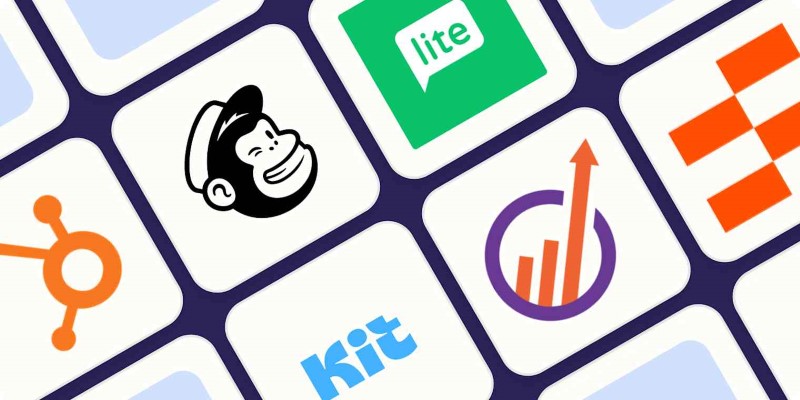
Top ActiveCampaign Alternatives to Try in 2025 for Smoother Workflows
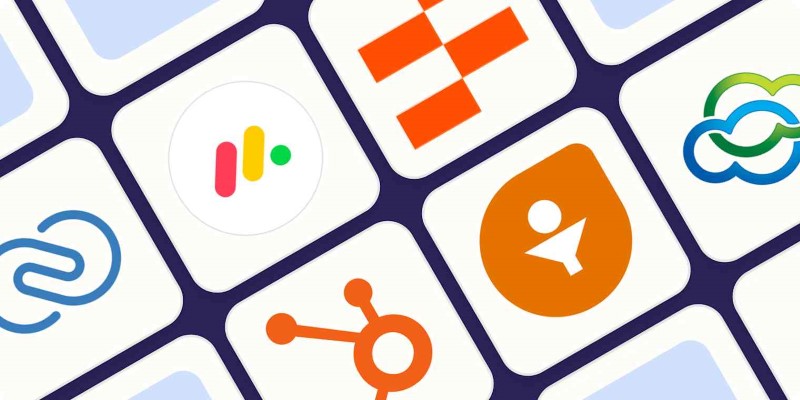
The 7 Best Client Management Apps in 2025 for Smoother Workflows and Happier Clients

The 6 Best Pomodoro Timer Apps in 2025 for Maximum Focus and Productivity

Copilot Adds WhatsApp Image Messaging to Boost Visual Workflows

The 8 Best AI Sales Assistant Software in 2025 to Boost Your Pipeline
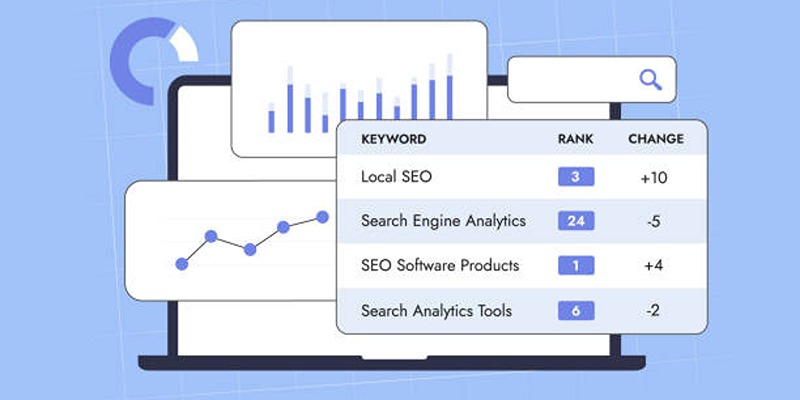
The Ultimate Guide to Linking Google Forms with Google Docs Templates

Smartsheet vs. Asana: Which Project Management App is Right for You

The 6 Best Airtable Alternatives in 2025 to Organize, Track, and Collaborate Better
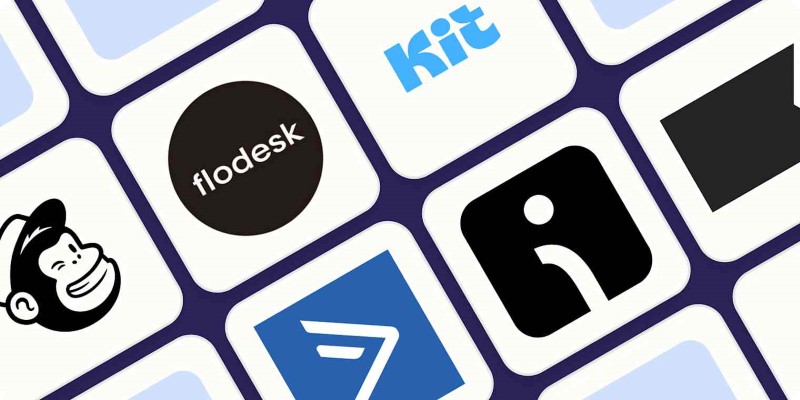
The 10 Best Email Drip Campaign Software in 2025 to Automate Your Outreach

The Best All-in-One Messaging Apps in 2025 for a Streamlined Communication Life

How to Easily Upload 4K Videos Recorded on Your Sony PMW

 lameuplay
lameuplay